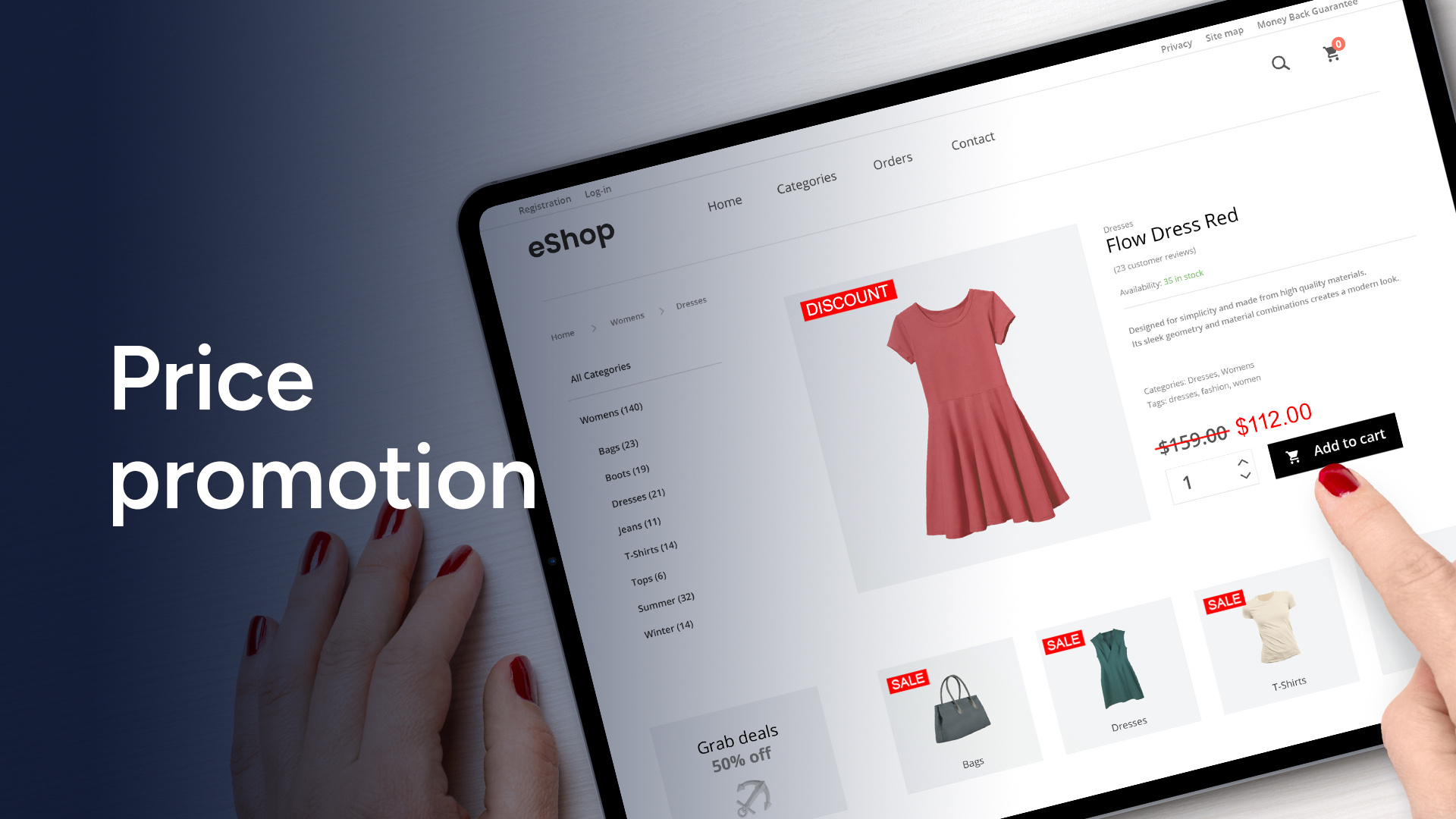How to Optimize Your Product Listings Based on Competitor Insights
Introduction
In today’s saturated e-commerce landscape, merely listing products online isn’t enough. To stand out, you need to optimize product listings by aligning them with what works for your competitors. By analyzing their strategies—from keyword usage to visual storytelling—you can uncover gaps in your own approach and refine your listings for better visibility and conversions. This guide will walk you through actionable steps to leverage competitor insights ethically, with tools like Diffshop streamlining the research process.
Why Competitor Insights Matter for Product Listings
Competitors are a treasure trove of validated strategies. Their successful product listings reveal:
- High-Intent Keywords: Terms that drive traffic and conversions.
- Engagement Tactics: How they use visuals, descriptions, and reviews to build trust.
- Pricing and Promotions: Discounts or bundles that resonate with buyers.
For example, a competitor’s listing for “organic face serums” might rank highly due to specific keywords like “vegan skincare” or “cruelty-free formula”—insights you can replicate.
Step 1: Identify Top Competitors
Start by pinpointing competitors dominating your niche. Use tools like Diffshop’s Store Analytics to:
- Filter stores by traffic growth (>50% MoM) or social engagement.
- Analyze product categories with the highest sales velocity.
Case Study: A home decor brand used Diffshop to discover a competitor’s best-selling “minimalist wall art” line. By reverse-engineering the competitor’s keywords and imagery, they increased their own sales by 35%.
Step 2: Reverse-Engineer Their Keyword Strategy
Analyze Titles and Descriptions
Winning product listings prioritize keywords that align with search algorithms and buyer intent. Use Diffshop’s Keyword Tracker to:
- Extract competitors’ top-performing keywords from titles, bullet points, and backend metadata.
- Identify gaps in your own listings (e.g., missing long-tail terms like “gifts for coffee lovers under $30”).
Pro Tip: Tools like Diffshop aggregate keyword data across platforms (Amazon, Shopify, Google), saving hours of manual research.
Step 3: Audit Competitors’ Visual and Copy Strategies
High-Quality Images and Videos
Top listings use visuals that:
- Show products in use (e.g., a backpack worn during hiking).
- Include zoomable 360° views or lifestyle shots.
Example: A competitor’s TikTok video demoing a “self-heating coffee mug” went viral. Using Diffshop’s Ad Research, you can identify similar creatives and adapt them for your listings.
Compelling Descriptions
Analyze how competitors:
- Highlight USPs (e.g., “sustainably sourced materials”).
- Structure bullet points for readability.
- Address FAQs (e.g., “How to clean reusable straws”).
Case Study: A skincare brand revamped its descriptions after noticing competitors emphasizing “clinical results” and “dermatologist-approved” claims, leading to a 25% boost in conversions.

Step 4: Leverage Social Proof and Reviews
Competitors with high ratings often:
- Showcase reviews prominently (e.g., star ratings above the fold).
- Use customer photos/videos in listings.
Actionable Insight: If a competitor’s “eco-friendly yoga mat” has 500+ reviews mentioning “non-slip grip,” ensure your listing addresses similar pain points.
Step 5: Optimize Pricing and Promotions
Track competitors’ pricing strategies, such as:
- Limited-time discounts (e.g., “20% off first purchase”).
- Bundling (e.g., “Buy 2, Get 1 Free”).
Tool Tip: Diffshop’s Price Monitoring feature alerts you to price drops or flash sales, helping you stay competitive without undercutting margins.

Step 6: Test and Iterate
Use A/B testing to refine listings based on competitor insights:
- Test different keyword placements.
- Compare image styles (lifestyle vs. product-only).
Example: A jewelry brand tested two versions of a listing—one with a competitor-inspired “gift-ready packaging” tagline and another without. The former saw a 40% higher CTR.
Ethical Considerations
While competitor analysis is crucial, avoid:
- Copying content verbatim.
- Scraping private data.
Tools like Diffshop simplify ethical research by providing aggregated, anonymized insights compliant with GDPR and CCPA.
Case Study: How Diffshop Transformed a Pet Brand’s Listings
A pet accessory brand struggled with low visibility for its “eco-friendly dog collars.” Using Diffshop, they:
- Identified competitors ranking for “biodegradable pet gear.”
- Adopted keywords like “organic cotton” and “adjustable design.”
- Added customer review highlights and demo videos.
Result: Page views increased by 120%, and sales doubled in three months.
Conclusion
To optimize product listings, turn competitor insights into actionable strategies. Tools like Diffshop empower you to uncover high-performing keywords, visuals, and promotions—without guesswork. Remember, the goal isn’t to copy but to adapt proven tactics to your unique brand voice.